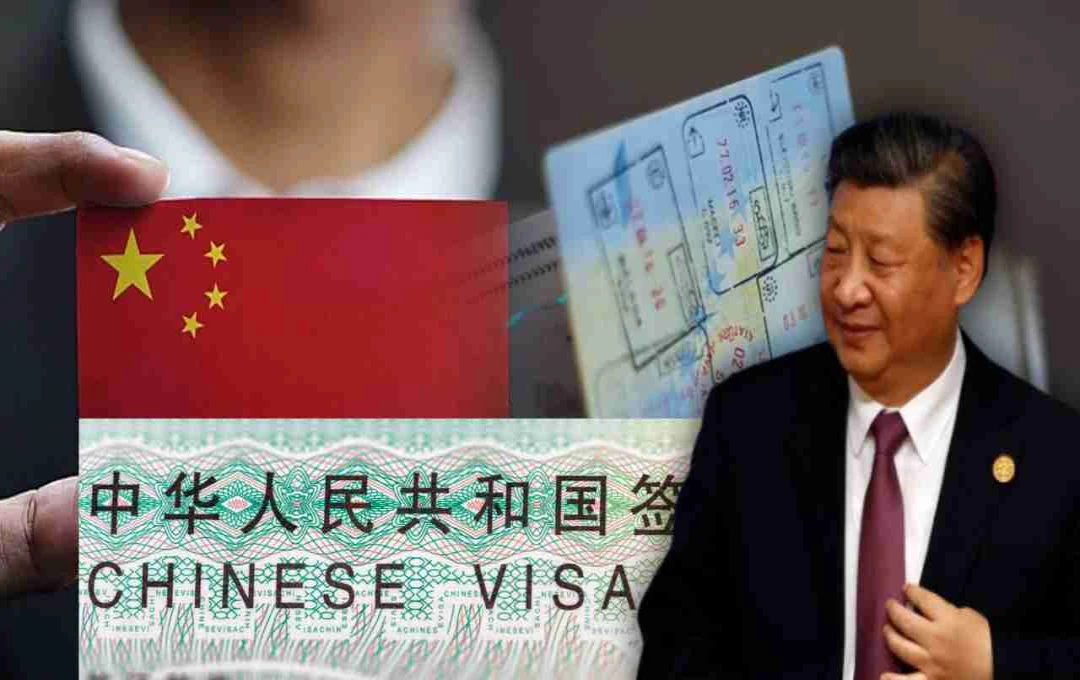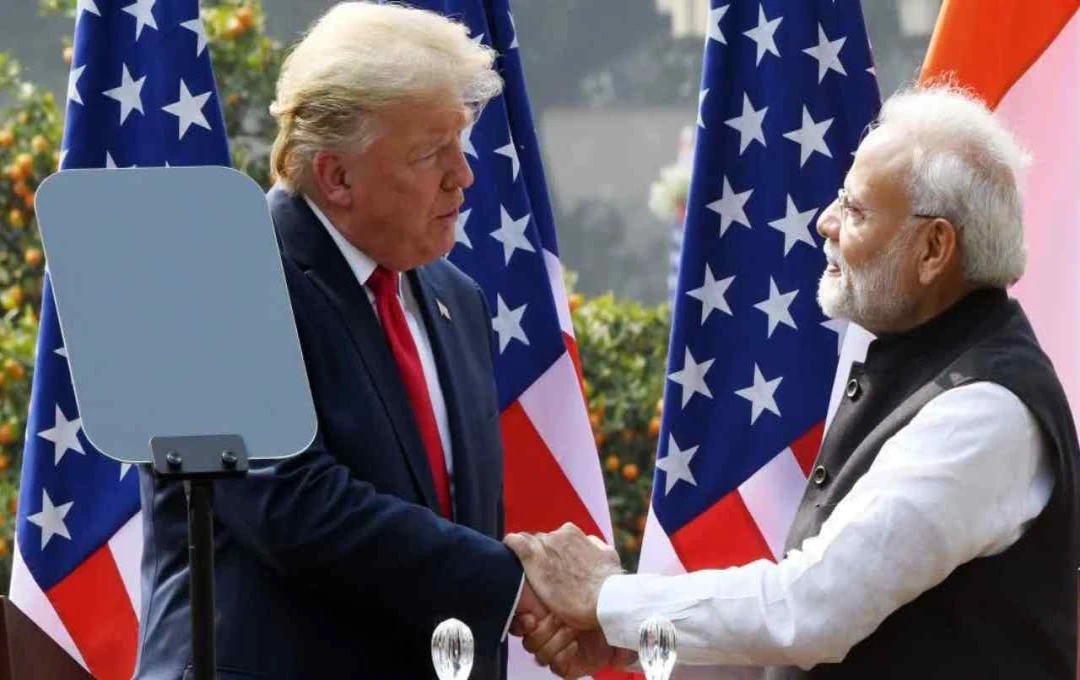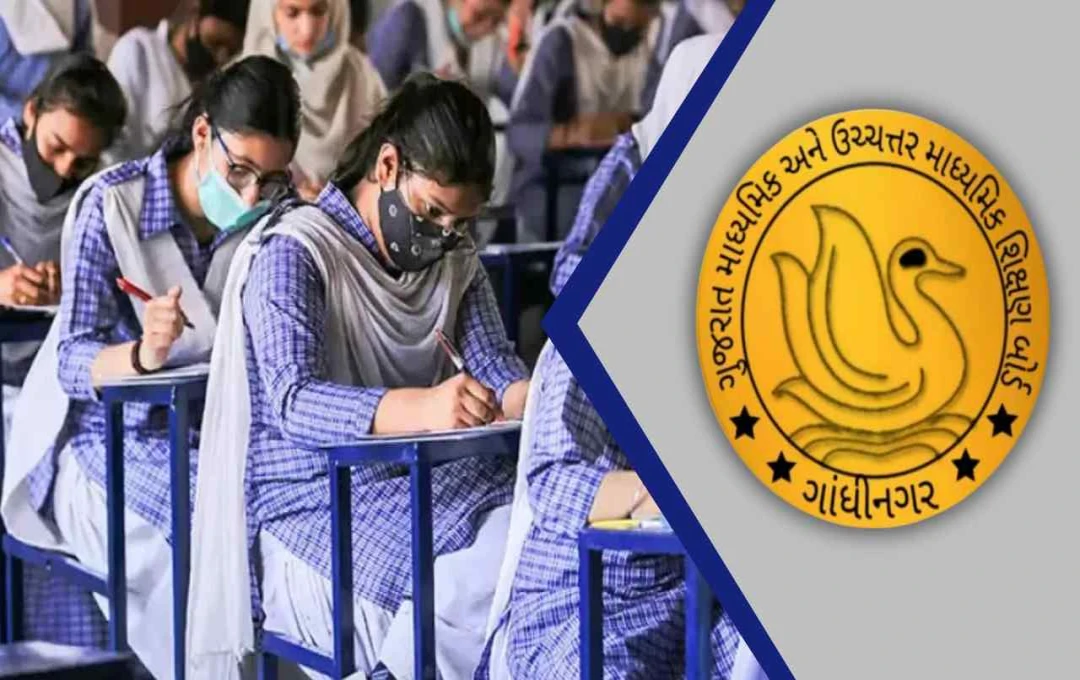China will implement the K-Visa from October 1, 2025. This will provide STEM professionals and young scientists an opportunity to stay long-term, contribute to research, education, and startups. An alternative amidst the increasing difficulties with H-1B visas.
China New K-Visa: China has introduced a new K-Visa category to attract global STEM (Science, Technology, Engineering, Mathematics) talents. This visa will be effective from October 1, 2025. Amidst the increasing stringent regulations in the H-1B visa process and fees in the USA, China has created a new opportunity for STEM professionals and young scientists.
Purpose of the K-Visa
The main purpose of the K-Visa is to attract global talent to China and to provide young scientists and technical professionals an opportunity to contribute to education, research, and startup sectors. Through this visa, China aims to strengthen its science and technology sector.
Eligibility: Who can obtain the K-Visa
According to China's Ministry of Justice, the K-Visa will be available to foreign young scientists and technical professionals who have obtained a Bachelor's degree or higher in a STEM field from China or a reputable foreign university or research institution. This visa will also be open to professionals involved in teaching and research work. Applicants will need to submit the required qualifications and documents, details of which will be issued by Chinese embassies and consulates.
Key Features of the K-Visa
The K-Visa will be more flexible compared to the existing 12 visa categories. It includes:
- Extended stay
- Multiple entry
Long-term validity
- No invitation letter required from a Chinese employer or institution for application
- Visa holders can participate in activities related to education, culture, science and technology, business, and startups
K-Visa Strategy and Reasons

This move by China is part of its strategy to attract global STEM professionals. In recent years, China has eased visa regulations for foreign citizens. Now, citizens from 55 countries can transit visa-free in China for up to 240 hours. China has signed visa exemption agreements with 75 countries. In the first half of 2025, 38 million foreign citizens visited China, of whom 13.6 million entered under visa-free entry.
Comparison of US H-1B Visa and K-Visa
Recently, the US announced an annual fee of $100,000 for the H-1B visa. This has increased concerns among Indian and other South Asian tech workers. China's K-Visa offers an alternative to the H-1B visa (USA) during this challenging time. The K-Visa provides simplicity and flexibility in its application process.
Benefits of the K-Visa
- Extended stay opportunity for STEM professionals
- Permission for multiple entries
- No Chinese employer required for application
- Participation in education, research, science and technology, business, and startups
- New opportunities for career growth in China
Impact on South Asia and India
Experts believe that the K-Visa could become an attractive option for South Asian professionals, especially Indian tech workers and scientists. Amidst the increasing difficulties with the US H-1B visa, the K-Visa offers an alternative path.
Potential Opportunities with the K-Visa
The K-Visa will provide STEM professionals in China with the opportunity to actively contribute to research, innovation, and startups. This will promote new ideas, technology transfer, and global collaboration in China. Young professionals will gain more opportunities for education and training.
Application Process and Fees
The application process for the K-Visa is straightforward. Under this, candidates will need to submit the required qualifications and documents. Details regarding the application fee and process will be issued by the Chinese embassy or consulate. This visa is for STEM professionals who wish to work and conduct research in China long-term.















